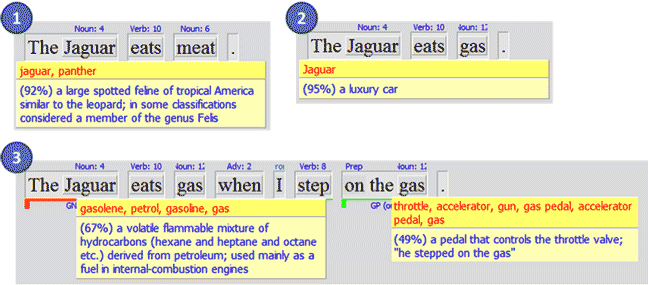
Every day worldwide people are inundated by an ever-increasing amount of information. And the problem grows worse each year.
An April 2011 survey of 200 respondents conducted by Magnify.net pulled back the curtain on our digital lives. Nearly 50% of respondents reported that they were connected to the internet “from the moment they wake up until the moment they go to sleep”. Seventy-seven percent report reading emails on the evenings and weekends, 33% read emails in the middle of the night. Wha-What – they wake themselves up to check emails? When asked how they cope 46% of respondents “admit they can’t keep up”. Respondents describe the digital equivalent of roaring rivers, floods and tidal waves.
So how is digital advertising supposed to separate itself from this clutter of unending information? As Amy Manus of NuRun aptly says in this ClickZ piece “Today’s form of advertising [has to be] about earning consumer attention vs. shouting for it”.
Targeting of course has been the way to earn consumer attention since as the theory goes, folks respond better to relevant messages. One of the web’s enduring targeting favorites is contextual. But here there is trouble.
Contextual technology is really a dressed up way of saying keywords. And keywords are notoriously bad at true contextual understanding. In fact keywords suffer from 3 fatal flaws;
- Same Word Different Meanings – keyword technology doesn’t even attempt to know whether Jaguar is a cat or a car.
- Different Words Same Meanings – keyword technology never connects “equal opportunity law” and “disability legislation” as the same thing.
- Different Words Related Meanings – keyword technology cannot tell me that Company, Charity and Trade Union are examples of Organizations.
Ad Traffickers who rely on keyword technology get bad matches in the first case, miss many matches in the second, and get too many or too few matches in the third. But that does not mean a consumer’s attention cannot be earned. Semantic technology is one way of accomplishing this and its importance lies in the accuracy it brings to targeting.
Semantic technology looks at the larger picture and makes deductions that result in true contextual meaning. Back to our cat vs. car example – look at example 1 where Jaguar is understood to be a cat; this is semantic technology at work. It is the presence of the word meat that provides the clue to getting Jaguar right. Now change just one word – meat to gas and in example 2 you see that Jaguar is now understood to be a luxury car. In example 3 you see a tougher test. The word gas is in the sentence twice but semantics can take all the clues and know the first gas is fuel and the second is a pedal.
Take this accuracy-based approach and extend it now into the realm of emotions, buyer intentions, people, places, things, brands, standard categories and dynamic categories and you have a very rich data stream that is in fact the consumers’ frame-of-mind – what they are thinking at the moment they are consuming content and you have earned their attention.
The use of semantic technology to establish context is really about correcting and expanding on keyword understanding. Both correcting (disambiguating common, multi-definition words for their in-sentence meaning) and expanding (looking for the story-arc across all the content) is a classic segmentation scheme. The deeper the segments, the more potential matches, the better the accuracy of the ad match. Combining a semantic set of data with audience data and you will get the 40% improved engagement recent research by Yahoo/InnerScope suggests.
In the end, semantic targeting – a higher form of contextual – can add much to your efforts to connect with consumers, earning their attention and cutting through the daily digital clutter.